Designing With Us, Not For Us: How Malaysia’s Public Spaces Can Become More People-Centred

Why This Matters
Have you ever walked into a public building—maybe a community hall, a local library, or a market space—and felt like it wasn’t meant for you?
If so, you're not alone.
Across Malaysia, many public facilities sit underused, not because they're unnecessary, but because they were never truly designed with people in mind. As our recent study published in the International Journal of Urban Sustainable Development reveals, the problem often lies in a disconnect between what’s built and what communities actually need.
Why? Because when public participation is limited or treated as a formality, buildings end up mismatched with local expectations—poorly located, inaccessible, or serving purposes no one asked for. Led by my PhD student, Gareth Ng Kean Jhun, our research explores how Malaysia can build better, more inclusive public spaces—by listening to people first.
Key Takeaways at a Glance
- Design without dialogue: Most public buildings are created with minimal input from the people who use them.
- Community matters: Social sustainability isn’t just about green buildings—it’s about inclusion, accessibility, and ongoing community use.
- Tokenism is common: Participation often stops at exhibitions or town halls, with little real impact.
- Biggest barriers: Top-down politics, lack of public trust, poor communication, and minimal transparency.
- What works: Early engagement, community education, transparent decision-making, and trained facilitators.
What the Stakeholders Told Us
What we heard from the in-depth interviews with 24 stakeholders across Malaysia’s building and planning ecosystem was both eye-opening and frustrating.
Most participants expressed dissatisfaction with the current system of public engagement. While town planners often viewed participation as a procedural box-ticking exercise—one that technically fulfilled policy requirements—others saw it as largely ineffective, even disingenuous.


Public participation often appears vibrant on the surface, but stakeholders reveal that behind the scenes, it can feel more like a formality than meaningful involvement. Source: Envato Elements.
For many community leaders and non-governmental actors, public consultations felt symbolic rather than impactful. Feedback was collected, they said, but rarely acted upon.
“Sometimes when…it [involved] a public building and a local authority, their intention is just to get validation about what they already want to do. So whatever you say, nothing's gonna change their perspective…” — Architect (Male)
“The public participation process can be manipulated depending on who is doing it. For example, those people who are doing the SRI [Sustainable and Responsible Investment] projects… will call… the stakeholders that have a more favourable opinion on their projects.” — Policy Maker (Male)
These perspectives reflect a widespread perception that public involvement is often performative—engineered to validate pre-existing plans rather than genuinely shape them.
The Consequences of Exclusion
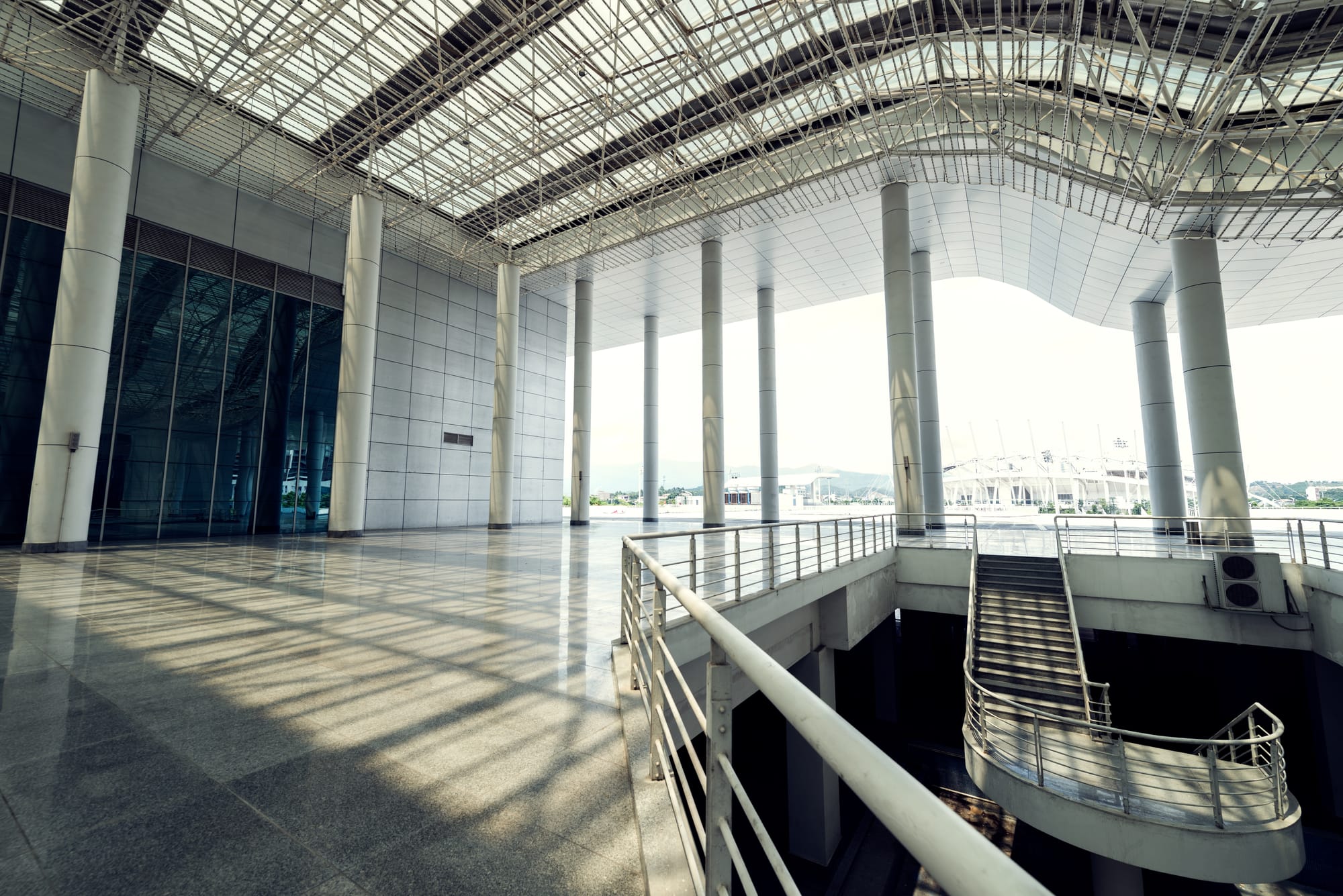
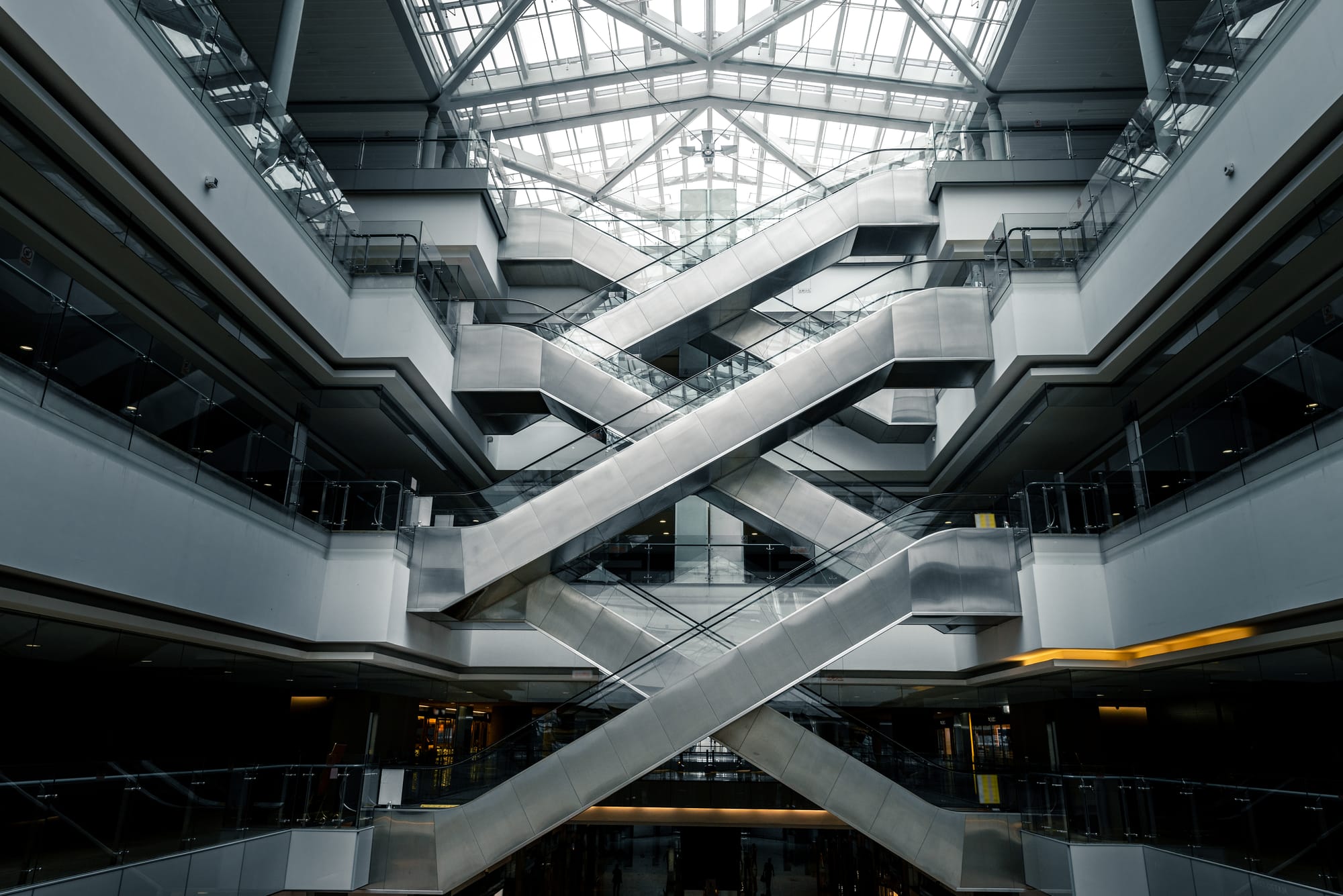
Gallery: When Design Happens Without Dialogue These underused public buildings reflect a common outcome—spaces that are architecturally impressive but socially disconnected, often left empty due to limited community involvement in their planning. Source: Envato Elements.
The most obvious impact of low public participation is the underutilisation of public spaces. When buildings are designed without input from the communities they’re meant to serve, they tend not to be used, or loved.
A Way Forward: From Tokenism to True Engagement
- Start Early: Involve stakeholders from the earliest design phases.
- Simplify Participation: Use language and formats everyone can understand.
- Build Capacity: Offer education and support so people can contribute meaningfully.
- Use Local Leaders: Trusted facilitators can help bridge cultural and trust gaps.
- Ensure Representation: Engage a broad demographic—not just the usual voices.
- Feedback Loops: Show how community input actually shapes decisions.
Looking Ahead
We don’t need just more participation—we need better participation. That means moving from tokenism to empowerment. From checkbox exercises to community-led design.
Conclusion: Building Together
Public buildings don’t just serve practical needs. They reflect our values, shape our communities, and affect our daily lives. When people feel excluded from the design of these spaces, it sends a message: this place isn’t for you.
But it doesn’t have to be that way.
By redesigning how we engage with communities—through earlier involvement, better communication, and stronger legislative support—we can build spaces that are not only functional but also foster belonging, trust, and sustainability.
As Malaysia looks toward a more sustainable urban future, let’s ensure that sustainability includes all of us, not just on paper, but in practice.

What to Read the Full, Open Access Research Article?
Citation:
Ng Kean Jhun, Zalina Shari & Mohammad Mujaheed Hassan (2025). Exploring stakeholders' perception and priorities in promoting social sustainability through building design and public participation: A case study in Malaysia. International Journal of Urban Sustainable Development, Vol. 17(1), pp. 1–19. https://doi.org/10.1080/19463138.2025.2455618
Support People-Centred Design
Subscribe to get more insights on inclusive planning, community voices, and rethinking how we shape our shared spaces.

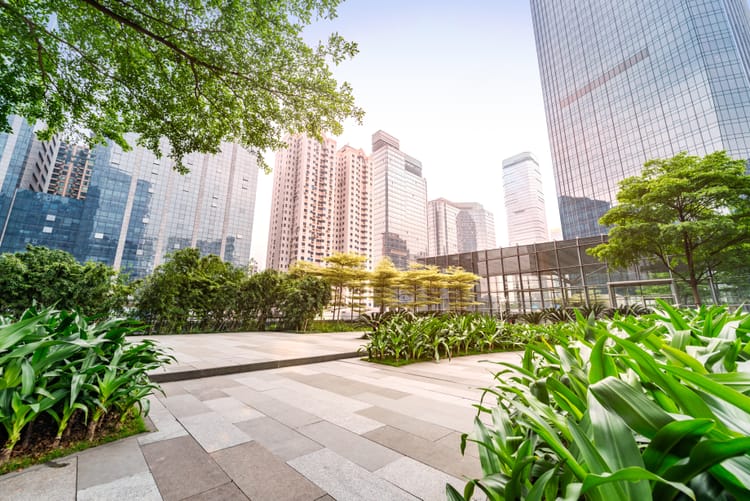
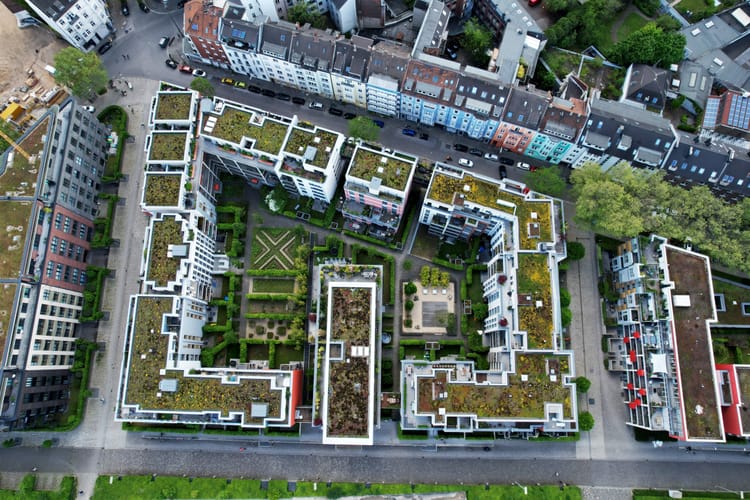

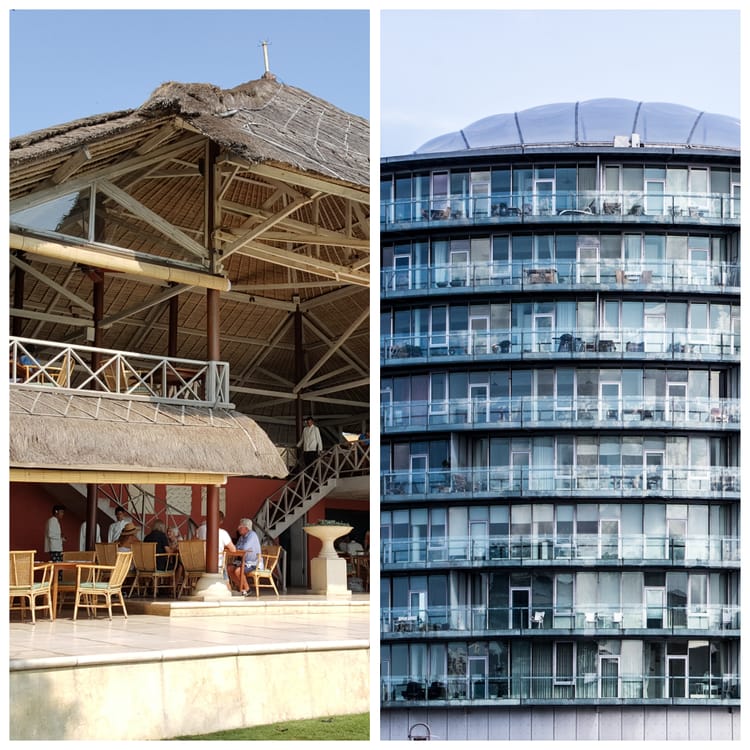
Member discussion